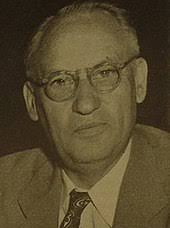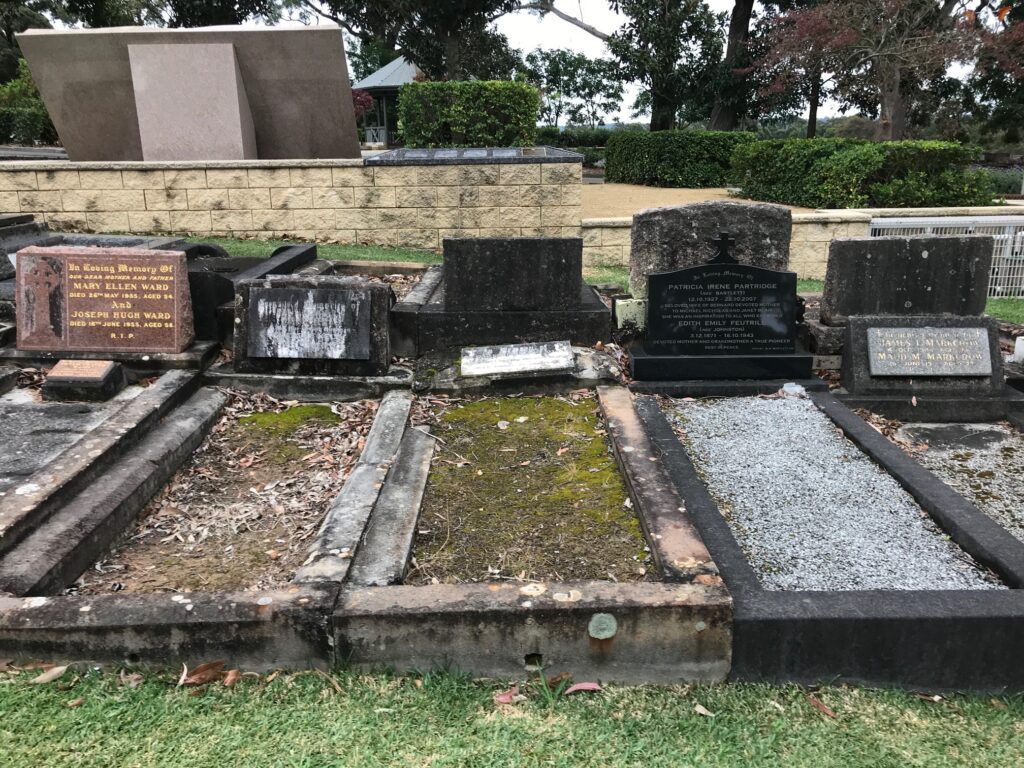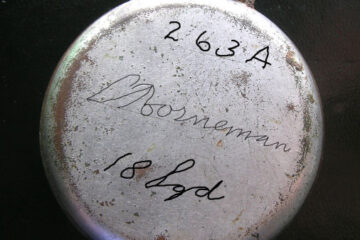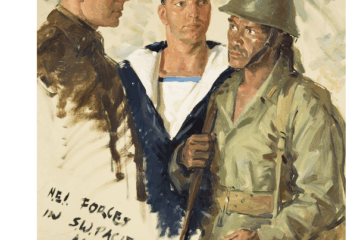
Peter Sitsen (Bergen op Zoom, November 1, 1885 – Sydney, January 21, 1945) , a Dutch architect and civil administrator, was due to play a pivotal role in the operations of the Netherlands Indies Civil Administration (NICA) in Brisbane during World War II when he arrived in Sydney on 21 January 1945. Known for his skill in organisational leadership and his dedication to the Dutch colonial administration, Sitsen’s work was to coordinate the relief and rehabilitation effort in Indonesia after the Japanese occupation from NICA’s establishment at Camp Columbia.
Early Career and Wartime Contribution
Before World War II, Sitsen had built a career in the Dutch East Indies, where he developed a reputation for his expertise in infrastructure and civic planning. However, the outbreak of the war and subsequent Japanese occupation of the Dutch East Indies forced Sitsen, along with other Dutch officials, to seek refuge in Australia. Brisbane, which served as a key Allied command center in the Pacific, became the headquarters for the Netherlands East Indies Government-in-Exile.
NICA planning and Camp Columbia
The Netherlands Indies Civil Administration (NICA) was conceived as the civil arm that would follow Allied forces into the liberated Netherlands East Indies and restore order, public services, and economic life. Its detailed relief and recovery blueprint, however, was not designed in Australia but in New York.
During 1943 to 1944, Peter Sitsen worked in the United States on a comprehensive plan for relief and reconstruction in the Indies. This “Sitsen plan” covered emergency food and medical aid, restoration of transport and communications, and the longer-term rebuilding of the colonial economy. It was this framework that later guided the work of NICA and shaped its thinking about post-war rehabilitation of Indonesia from the ravages of the Japanese occupation. In 1944, advance acquisitions of relief supplies began in Australia, but the large-scale implementation of Sitsen’s ideas had to wait until after the United Nations Relief and Rehabilitation Administration (UNRRA) conference at the Lapstone Hotel at Glenbrook in the NSW Blue Mountains during February 1945. By then, the colonial government (later often described as the government-in-exile) had shifted its wartime base from Melbourne to Camp Columbia at Wacol, near Brisbane, which became a key centre for Dutch military and civil planning. NICA’s preparations at Camp Columbia were strongly influenced by the framework Sitsen and his team had developed in New York.
Final mission and unrealised legacy
In December 1944–January 1945, Sitsen travelled from the United States to Sydney. He had been appointed to lead the Netherlands East Indies government’s delegation to the UNRRA conference. After the conference he was to coordinate the roll-out of the relief and rehabilitation plan for Indonesia through acquisitions of supplies in Australia and coordination at Camp Columbia of their distribution in Indonesia. However, he arrived in Australia already seriously ill. He died in Sydney in January 1945, before the UNRRA conference began.
Sitsen did not return to the Netherlands East Indies after the war, did not personally oversee NICA’s activities on the ground, and did not participate in the attempts to re-establish Dutch administration amid Indonesia’s independence struggle. He never saw his family again, and he never witnessed the implementation of the rehabilitation programme he had worked so hard to design.
Peter Sitsen’s legacy therefore lies above all in his intellectual and organisational contribution: the relief and reconstruction plan he drew up in New York, which provided much of the conceptual foundation for later Dutch and international rehabilitation efforts in Indonesia. His story also highlights the important, if often overlooked, role of wartime centres such as New York, Melbourne, Sydney, and Camp Columbia in planning for a post-war future that many of its authors did not live to see.
Source: Wikepedia
The pictures below were taken by Pierre van der Eng in 2021


Articles about the death and funeral of Peter Sitsen in the Netherlands East Indies media


